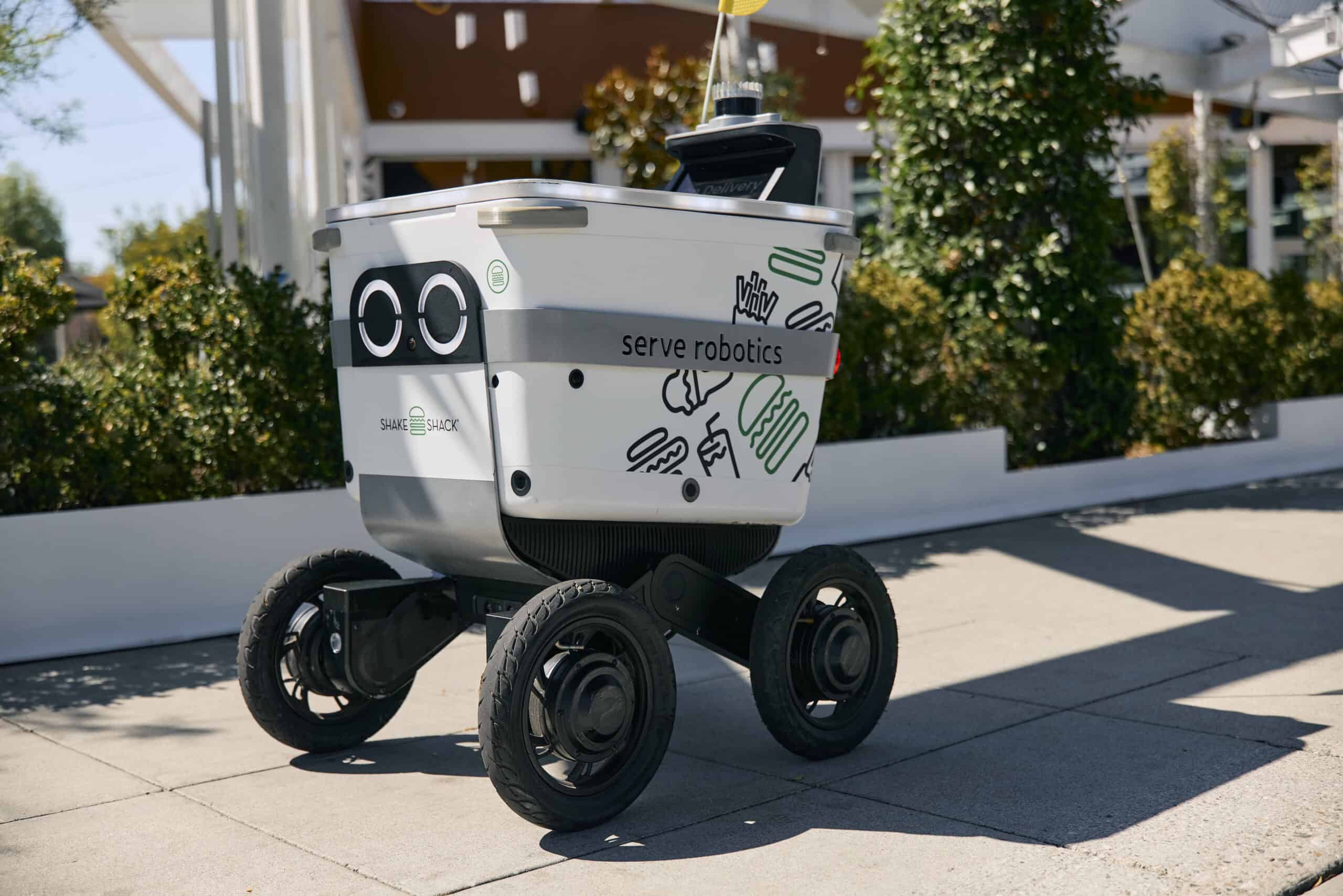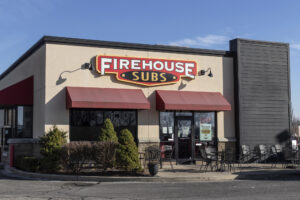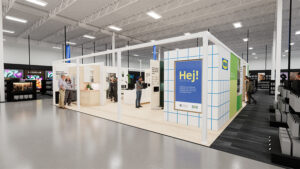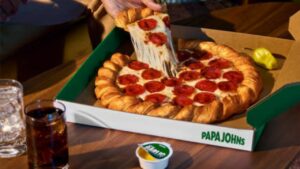
Photo Furnished by Skyaa PR and Used With Permission
Shake Shack Rolls Out Autonomous Serve Robotics Delivery Through Uber Eats
August 15, 2024
Shake Shack has announced that it is partnering with a company called Serve Robotics to launch a new burger delivery method via Uber Eats.
According to an official press release, Uber Eats users who place orders from specific Shake Shack locations in Los Angeles may receive their food from Serve using its cutting-edge autonomous robots. With this cooperation, Uber Eats — which has been providing Serve’s autonomous deliveries in Los Angeles since 2022 — takes a further step toward the development of sidewalk robots nationwide.
“We’re thrilled about our collaboration with Serve Robotics and Uber Eats,” said Steph So, senior vice president of digital experience at Shake Shack, in a statement accompanying the press release. “In line with our vision of enlightened hospitality, this partnership highlights our commitment to leveraging innovation to enhance guest experiences both in and out of Shack.”
“We are excited to add another national merchant like Shake Shack to our platform, a partnership made possible through the relationship we have built with Uber Eats across tens of thousands of successful deliveries,” added Touraj Parang, president and COO of Serve Robotics, in a separate statement accompanying the press release. “Today’s announcement highlights the value of Serve’s world-class strategic partnerships as we work to expand our geographic footprint and deploy 2,000 robots across the U.S. in 2025.”
News of Shake Shack’s latest developments come shortly after CEO Rob Lynch claimed in an earnings call that the wait times at the burger chain were too long.
Fast service wasn’t always a primary goal for Lynch, according to Restaurant Dive, because the fast-casual chain’s patrons were primarily dine-in and concentrated on urban areas in the past.
“Speed of service is always something we kind of talk about, but hasn’t necessarily been a religion,” he said on the call. “It’s kind of fallen secondary to some of the innovations that we can deliver. And some of the way we make our products is more important.”
But Lynch added that as the company grows from primarily serving clients in urban areas like New York City, where they are used to waiting in line, to markets like Ohio, Georgia, and Texas, where it faces competition from other brands, speed becomes even more important.
“Speed becomes something that is part of the overall guest experience and is a big part of that, especially as you move into more drive-thru formats,” Lynch continued. “As we move forward, we’re going to start making some strategic decisions on how we operate, the equipment we use, how we think about the kitchen in regards to making sure that we’re delivering better speed.”
Recent News








